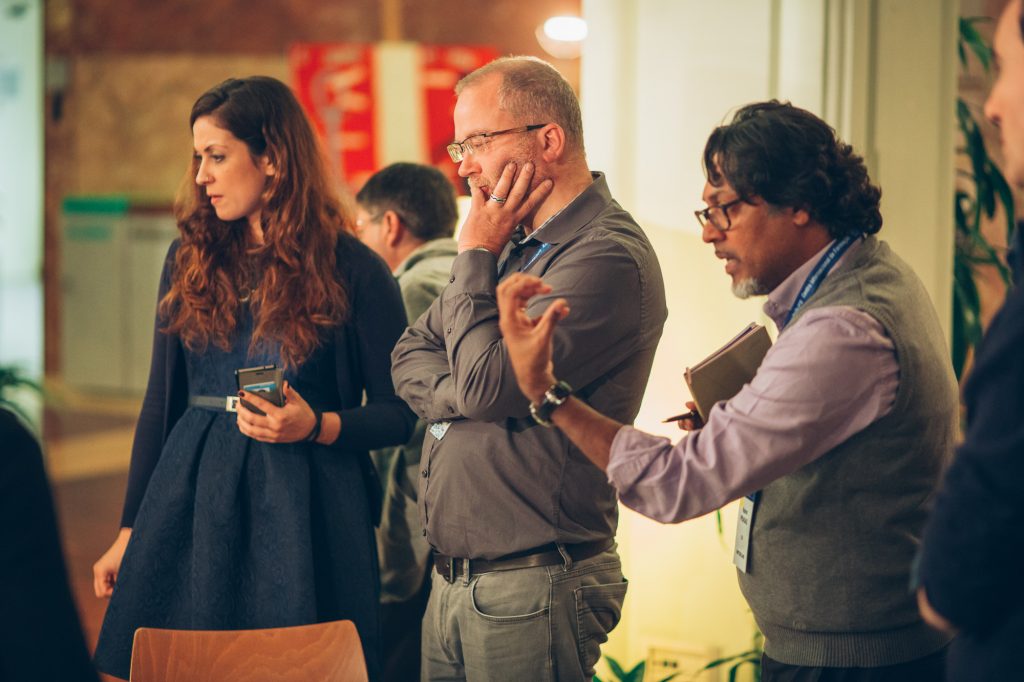Improv Prototyping

Develop effective solutions to chronic challenges while having serious fun
Overview
Improv prototyping is an entertaining way to broach a very serious topic such as solutions for chronic problems. It is based on rapid rounds of suggestions to solve an identified problem through shared tactics. The problem is addressed by finding simple solutions to small elements of the problem, which build up incrementally into an innovative problem solving tool.
How to use it
- Turn theory into practice: improv is a rehearsal for real life situations.
- Useful to break up a daunting task into smaller segments.
- Engage and focus everyone’s imagination on solving confusing challenges.
- Create a fun alternative to dry or unproductive training.
- Work across functional and disciplinary barriers.
- Learn from peers who have behaviours that solve the problem.
How to apply it
Start:
- Participants are invited to identify a frustrating chronic challenge in their work, and then act it out to find better ways to address the challenge.
- When a scene appears to offer a useful behaviour, even if it is just to part of the problem, that behaviour becomes one component in a successful prototype.
- Successful components will eventually build up into a complete prototype solution of how to address the challenge.
Setting:
Open space or a stage at the front or middle of a room. A small group of volunteers become the players on ‘the stage’, while everyone else are observers and evaluators, ready to be co-creative players.
Materials:
Props for the scene or scenes to be offered.
Time/Steps:
- 3-5 minutes for each scene.
- 10 minutes debriefing (using 1-2-4-All) following each scene, identifying successful and unsuccessful behaviours to use to create a new prototype.
How to adapt it
- Invite the audience to replay the scene in small groups in order to find the best and worst actions.
- Start with separate groups staging their own impromptu improvs, then invite face-off competitions judged by the “applause-O-meter”.
- Link to and string with Design Storyboards, Open Space and Fishbowl to help spread the innovation (what it is & what it could be).
- Remind participants that innovations are like clusters, often not invented simultaneously as a system. To build robust solutions, a bigger cluster can be built by asking “What is this a part of?” or break down the cluster for more specific information, by asking “What is a part of this whole?” If the focus is on new behaviours, create a further part of the cluster by asking, “What intention is behind this behaviour?” and break it down by asking “What other behaviour is consistent with this intention?”
Tips
- Be as inclusive as possible: invite everyone in different roles to join in.
- Create four key roles: stage manager, creative director, facilitator, and players.
- Spend time after each short scene to debrief the action.
- Replay scenes that failed to capture the imagination or generate new ideas.
- Help people release assumptions and biases by putting themselves in the shoes of others.
- The creative director should gently redirect the players as needed.





